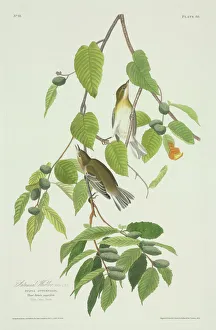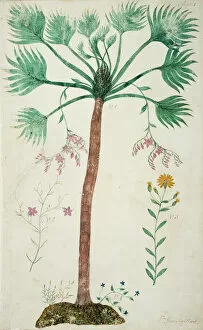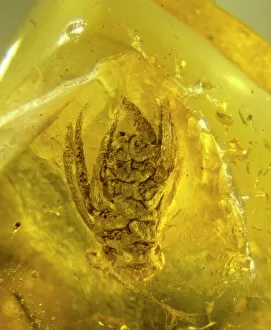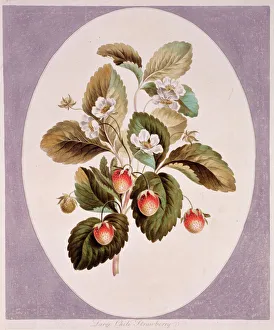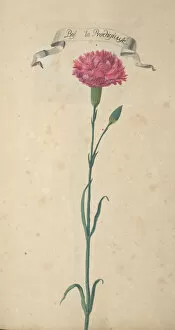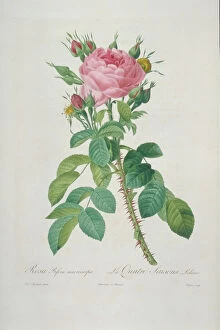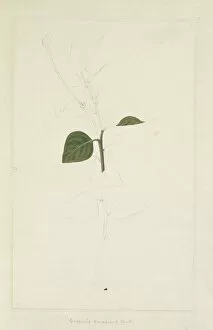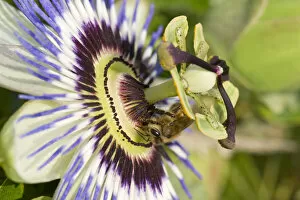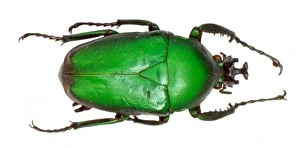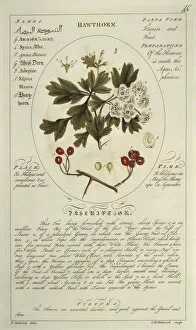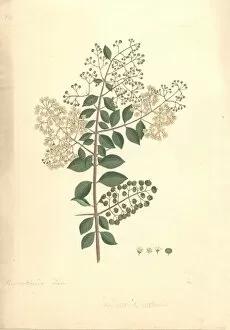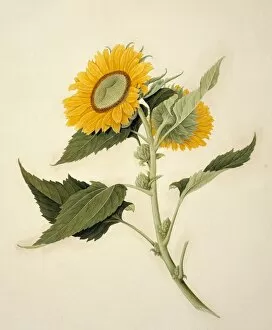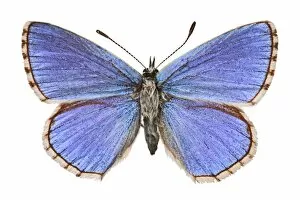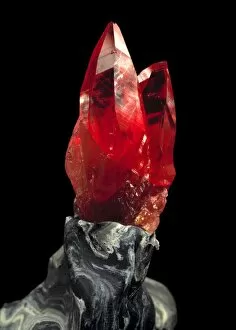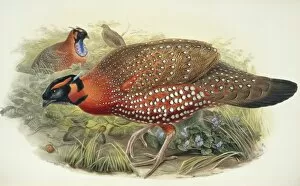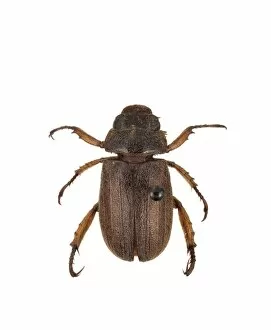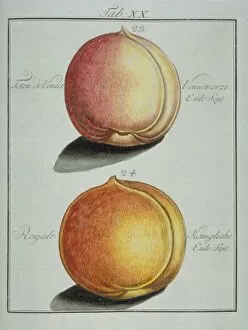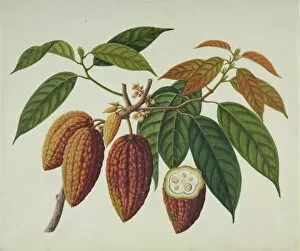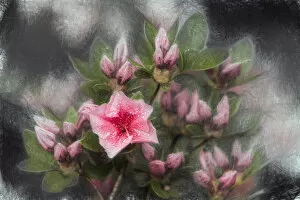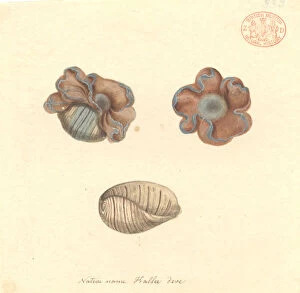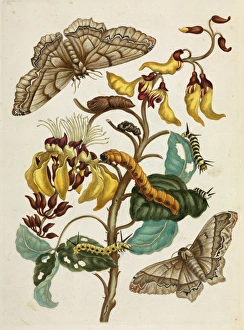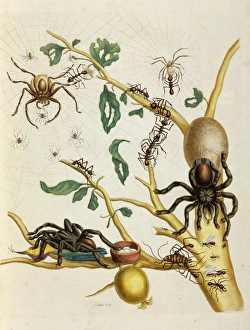Eudicot Collection (page 4)
"Eudicot: A Diverse World of Flora and Fauna" Discover the fascinating world of eudicots
All Professionally Made to Order for Quick Shipping
"Eudicot: A Diverse World of Flora and Fauna" Discover the fascinating world of eudicots, a diverse group of flowering plants that encompasses an array of species from various corners of our planet. From the enchanting Franklinia alatamaha, also known as Franklinia, with its delicate white blossoms that grace the American landscape, to the vibrant Hydrangea hortensis or French hydrangea adorning gardens with their stunning clusters of colorful petals. Nature's artistry extends further to embrace majestic trees like the Weeping Willow, whose graceful branches sway in harmony with gentle breezes. Insects play their part too; Surinam showcases an incredible variety of these tiny creatures through its captivating book "Insects of Surinam. " Venturing into different continents, we encounter Gossypium barbadense or cotton plant—its soft fibers have woven themselves into human history for centuries. The Scottish Pine Forest stands tall and proud amidst breathtaking landscapes while providing shelter for countless organisms. Traveling eastward brings us to Durio zibethinus—the infamous durian fruit—a spiky delicacy renowned for its pungent aroma and unique taste. Meanwhile, Orangier des Gênes or Arancio di Genova offers a tantalizing citrus experience with its sweet oranges bursting with refreshing flavors. Delving deeper into nature's wonders reveals Cephalotus follicularis—an Australian pitcher plant—whose carnivorous habits capture unsuspecting prey within its intricate traps. Along coastal regions thrives Banksia integrifolia or coastal banksia—a resilient beauty adorned by striking flowers that attract native wildlife. Finally, Citrus sinensis beckons us closer with its luscious sweetness—the beloved sweet orange that brightens breakfast tables worldwide. And let us not forget Emberiza calandra—the corn bunting—a charming bird whose melodious songs echo across open fields.


